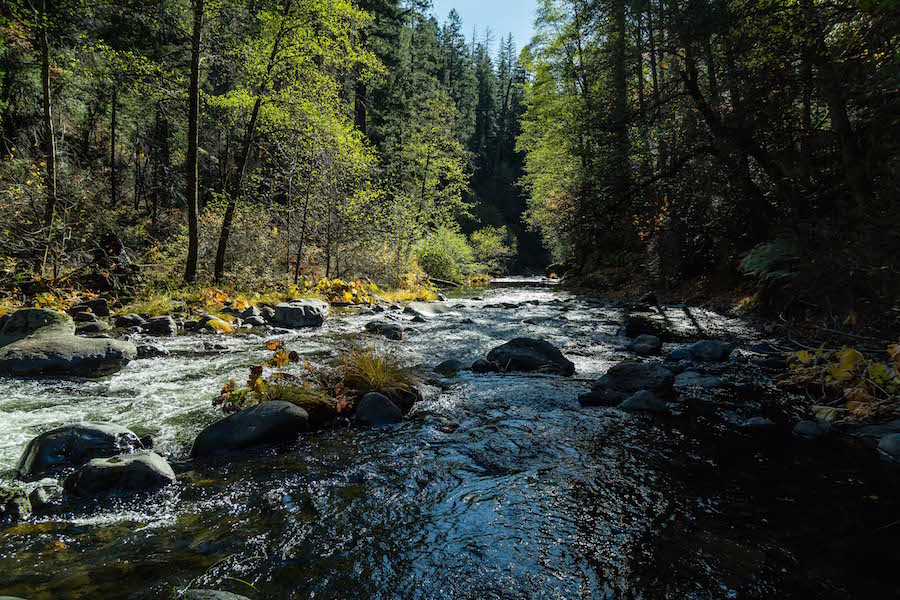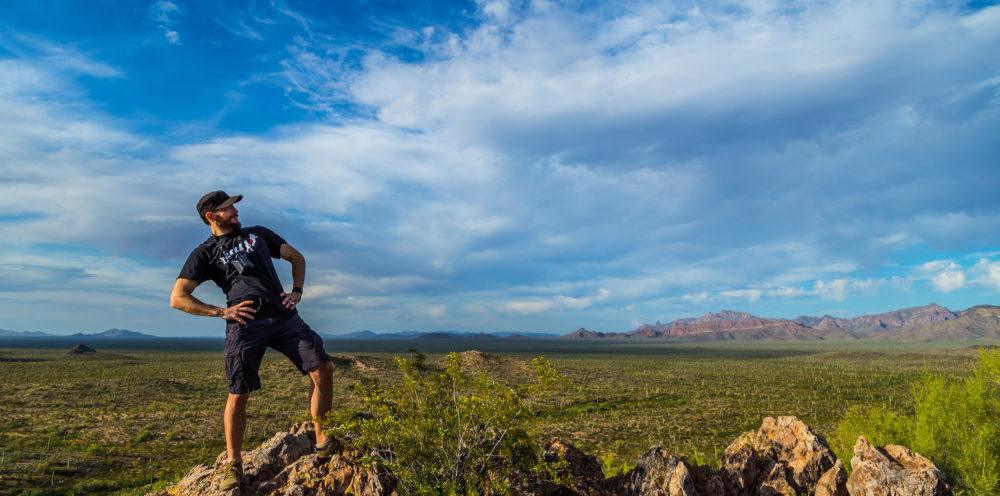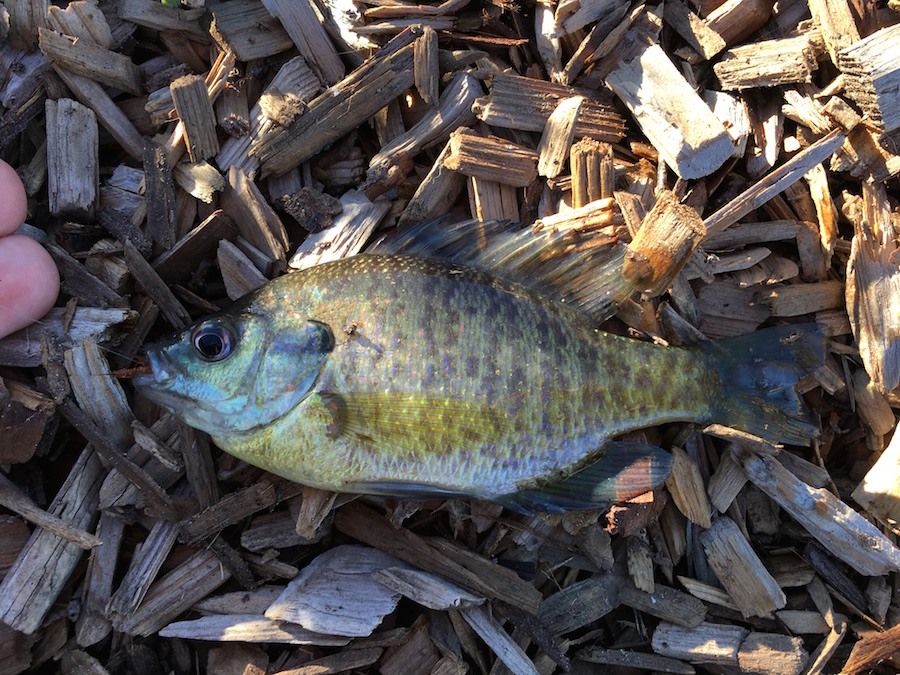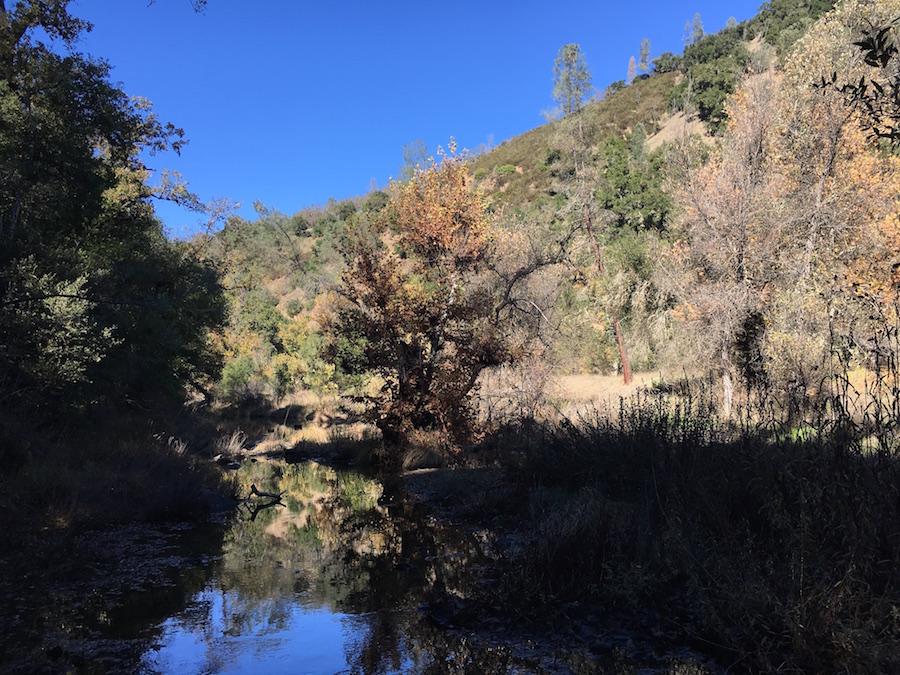 I recently discovered and been having a lot of fun with a somewhat different, and new to me, fishing method. I’ve posted some photos on facebook and twitter and they drew a lot of attention and produced a few interesting questions.
I recently discovered and been having a lot of fun with a somewhat different, and new to me, fishing method. I’ve posted some photos on facebook and twitter and they drew a lot of attention and produced a few interesting questions.
Tenkara is an old, traditional Japanese fishing method, which originated at least 200 years ago but is relatively unknown outside of Japan. It was introduced and popularized in San Francisco in 2009 by Tenkara USA.
 So what is Tenkara and why is it so cool? It’s a method that employes very lightweight, long whip-like rods and requires no reel. You could say it’s like a lighter, simpler version of flyfishing or pocket flyfishing. The flies are usually much smaller and less complex as well.
So what is Tenkara and why is it so cool? It’s a method that employes very lightweight, long whip-like rods and requires no reel. You could say it’s like a lighter, simpler version of flyfishing or pocket flyfishing. The flies are usually much smaller and less complex as well.
It’s perfect for small creeks, mountain streams and lakes but also urban ponds and rivers. It’s ideall for backpackers. And that is exactly how I first came across this method. So I went for this five-day ultralight cross-country backpacking trip with Sierra Club, and all of a sadden the group leader pulls out this tiny fishing rod and starts to catch fish in a lake at 9000 feet above sea level. And I was just blown away by how compact, portable and effective this little kit was.
When I came back I looked it up and a couple months later bought my first tenkara kit on amazon. They can be ridiculously expensive but I got the rod, the braded, tapered level line and a set of flies for just over 80 bucks.
The way it works is, you attache the level line to the lillian (forgive me if I’m using incorect terminology but I’m relatively new to this myself, and not knowing what certain parts are called hasn’t stopped me from catching fish so far). Then, you attache about two feet of your actuall line to the other, thinner end of your level line, and there goes your fly. All done.
The casting is probably the best part because you get to swing the rod like a whip. Sometimes it’ll even make that cracking sound but that usually means you’ve lost your fly. Just don’t get carried away cause it’s easy to forget how long that line is. You can also sling-cast it and that’s especially usefull technique when fishing around trees and in thick brush or when you need that extra accuracy.
 So is the fly supposed to float or sink? To be honest I don’t know. I guess it depends on circumstances but I’ve caught fish from the surface as well as from underwater. In my experience subsurface fishing has been more effective so far. But if you want your fly to float that’s cool too. Just keep it dry by cracking the whip or drying it with some kind of absorbent cloth. You probably want to keep the level line dry as well since it’s usefull in indicating bites. I use vaseline to make it hydrophobic.
So is the fly supposed to float or sink? To be honest I don’t know. I guess it depends on circumstances but I’ve caught fish from the surface as well as from underwater. In my experience subsurface fishing has been more effective so far. But if you want your fly to float that’s cool too. Just keep it dry by cracking the whip or drying it with some kind of absorbent cloth. You probably want to keep the level line dry as well since it’s usefull in indicating bites. I use vaseline to make it hydrophobic.
Since there is no reel and both lines together are usually slightly longer than the rod itself, landing fish can be a bit tricky. It’s not a big deal when the fish is small. You just lift it up, drag it to shore or simply grab the line. But with fish around or heavier than 2 lb you may wanna keep it steady and be a bit more gentle.
All these features I just talked about make this fishing method perfect for survival. Not only is the rod and flies extremely lightweight and portable (mine weighs only about 5 oz) but I’m sure you could get away with carrying just your flies and some line, and simply fashion a rod from a long, flexible sapling. After all, the original tenkara rods were made from bamboo.
I know that sport fishing is often about catching the biggest fish but from a survival perspective, it’s much better to catch five 6-8 ich trout in two hours and be set for two days than trying to catch one 20 lb monster, which may never happen especially in small creeks and lakes.




